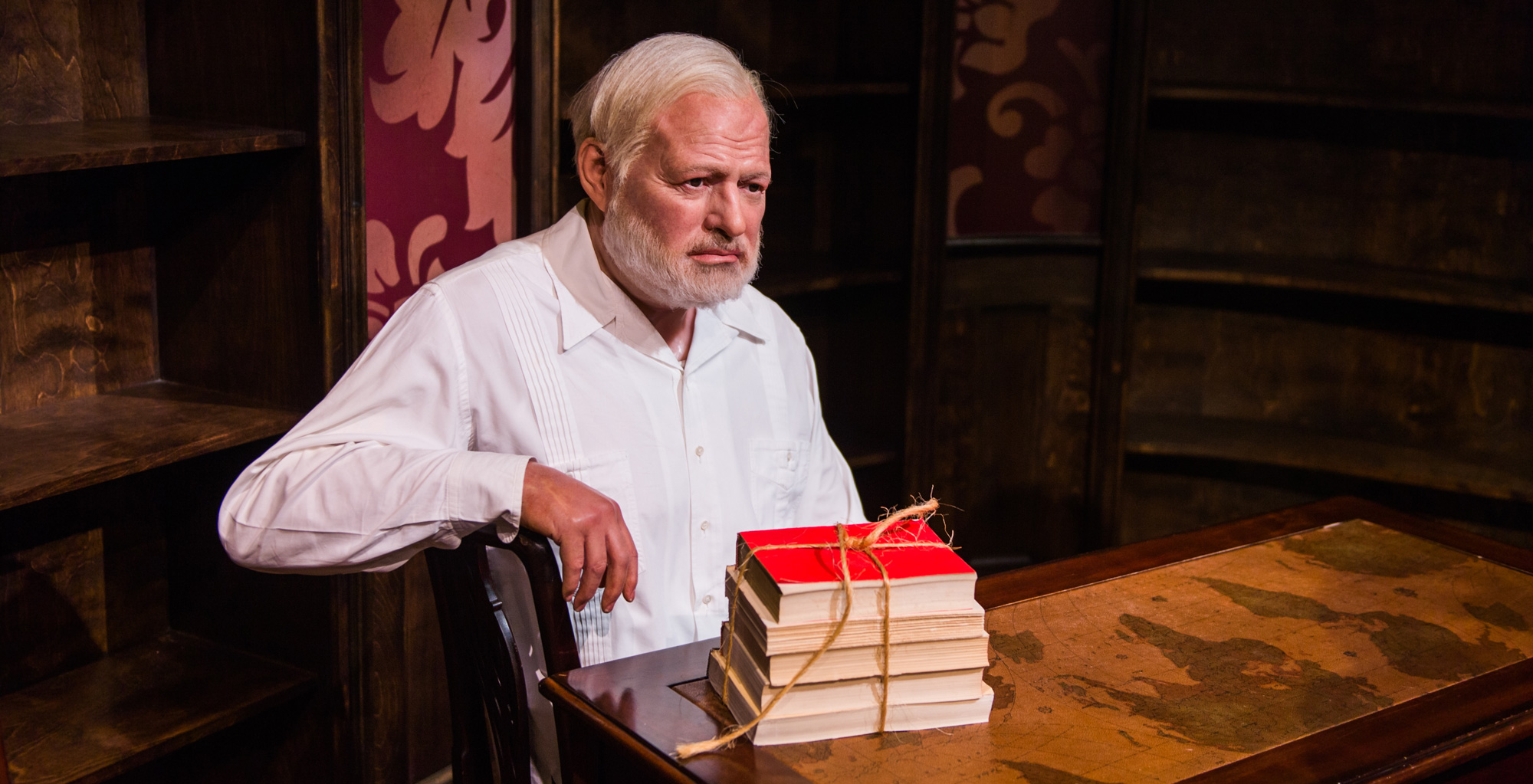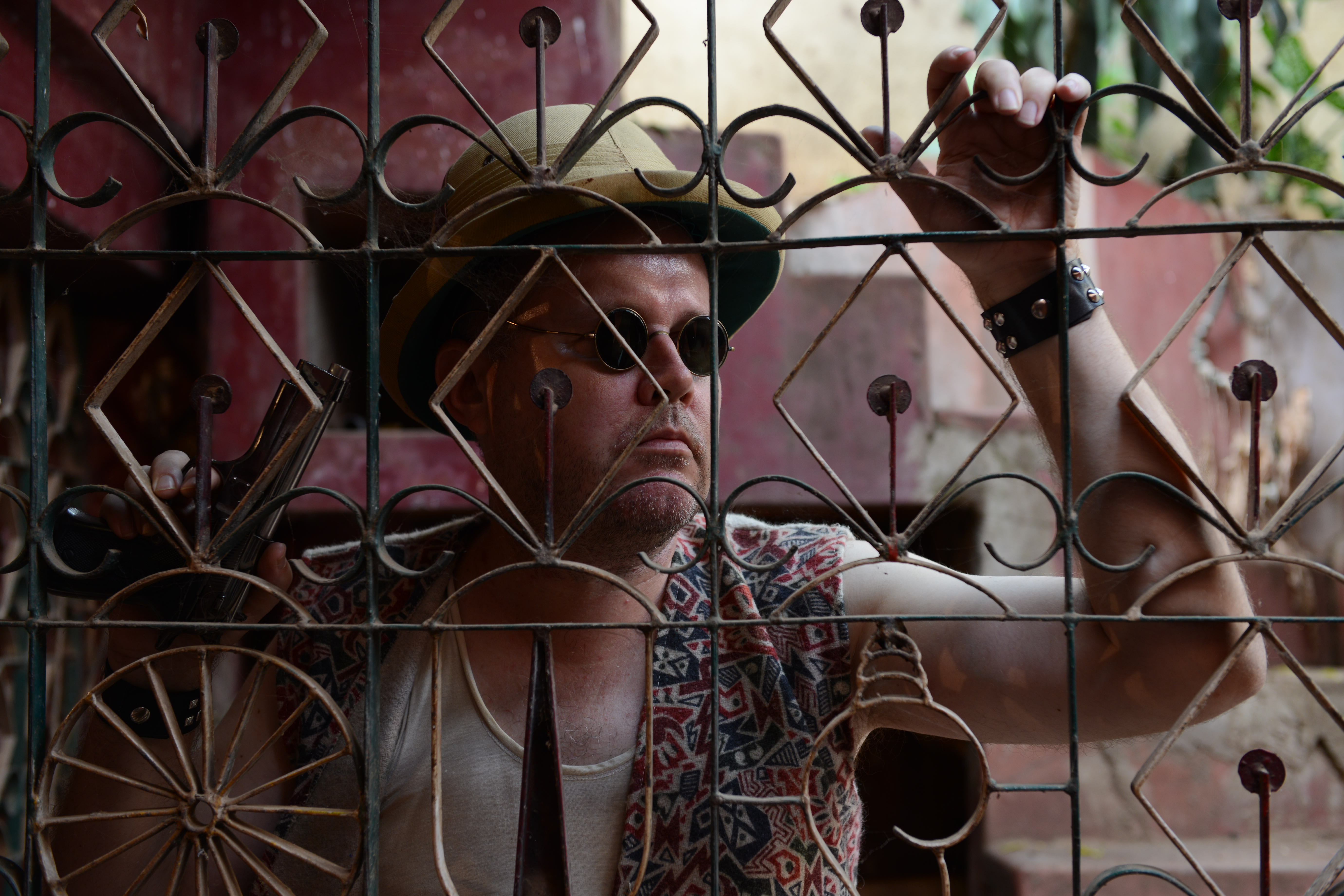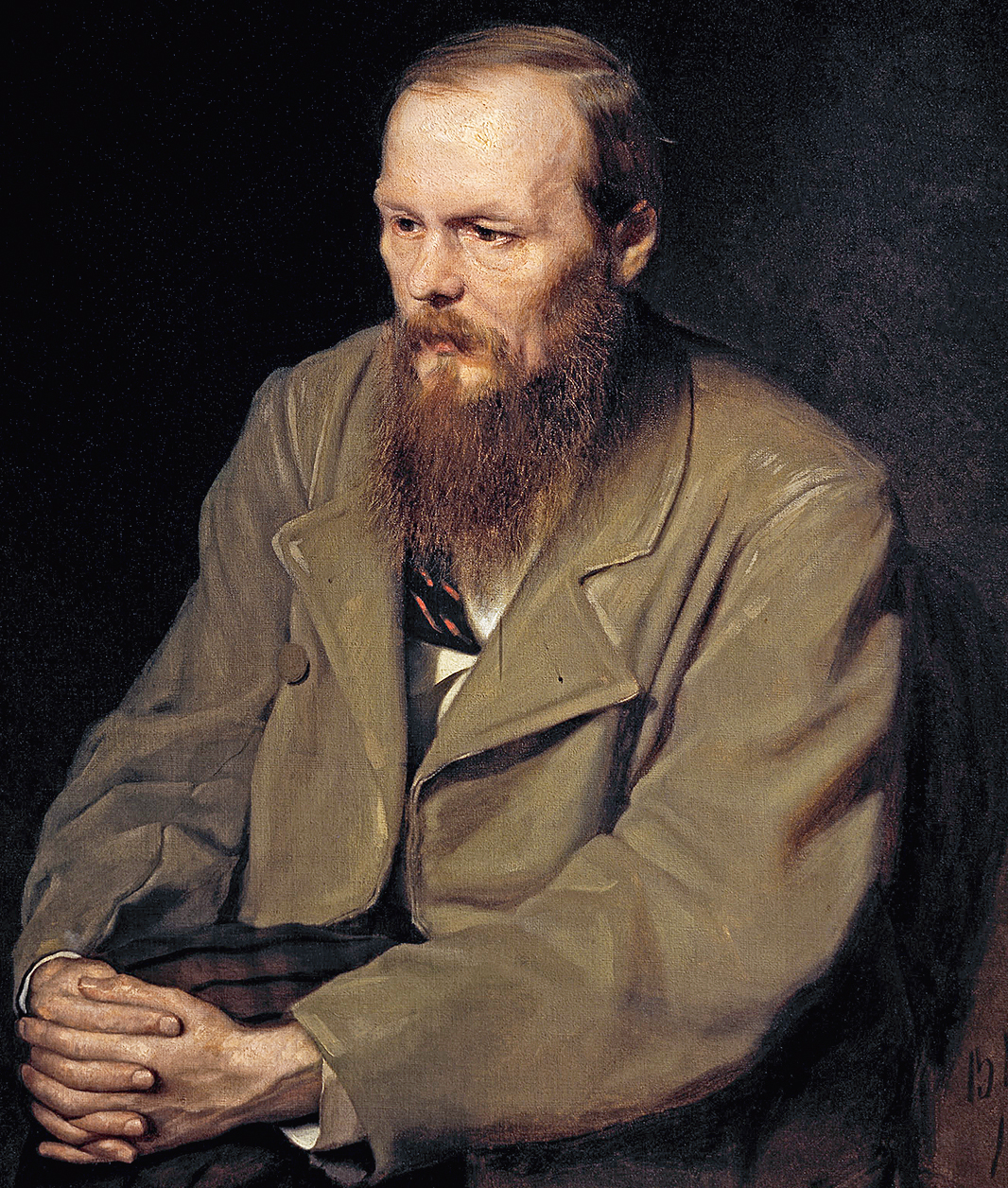Di Robilant’s thorough research shines through as he reconstructs Hemingway’s relationship with Adriana, starting from its initial stages to its full bloom, incorporating poems and letters — the author had access to Adriana’s unpublished correspondence too — that they exchanged. However, besides analysing the ambiguities and conflicts surrounding the affair, the author also provides insights into Hemingway’s personality — how he antagonized the authorities with his political opinions or handled the press and publishers. Di Robilant dwells at length on the composition and publication of and the general response to Across the River and into the Trees — the character of Renata was modelled on Adriana — yet he also offers readers a glimpse into the creation of many of Hemingway’s other famous works, like The Old Man and the Sea, for which Hemingway won the Nobel Prize.
The author brings out some of Hemingway’s quirks, such as his indulgence in certain rituals of blood, his morbid, and fateful, fascination with guns and alcohol, and his imaginary wars with iconic authors of the past — “Am now trying to knock down Mr Shakespeare on his ass. Very difficult,” he once conceded.
What makes the read refreshing is di Robilant’s timely interventions. His observations are humorous yet critical, especially at the instances where he calls out Hemingway on his exaggerations and follies. He is balanced in his overview, focusing adequately on the plight of Hemingway’s then wife, Mary Welsh, who watched her husband throw himself at another woman, the perspective of Adriana, as well as the emotional turmoil that Hemingway himself endured.
For Ernest Hemingway, literature has never been too far from reality. Most of his works drew on his own experiences or his interactions with the people he met during his years as a journalist. Andrea di Robilant explores this aspect extensively in his latest book to shed light on the impact of Venice on the creative process of Hemingway in the autumn of his life.
Although the book primarily revolves around Hemingway’s 1948 trip to Italy, where he found his muse in a young Venetian woman, Adriana Ivancich, and the effect of this meeting on his life and career thereon, the author renders an interesting touch to it. Even as he narrates the events in a chronological order, he leaves out no opportunity to jump back in time and fetch related stories from Hemingway’s past, thus weaving a biography in its entirety. As such, several momentous occasions of Hemingway’s life — anecdotes referring to his former wives, his bonding with his sons, the publication of some of his earlier books — are accommodated.
Autumn in Venice: Ernest Hemingway and his Last Muse By Andrea di Robilant, Atlantic, Rs 999












